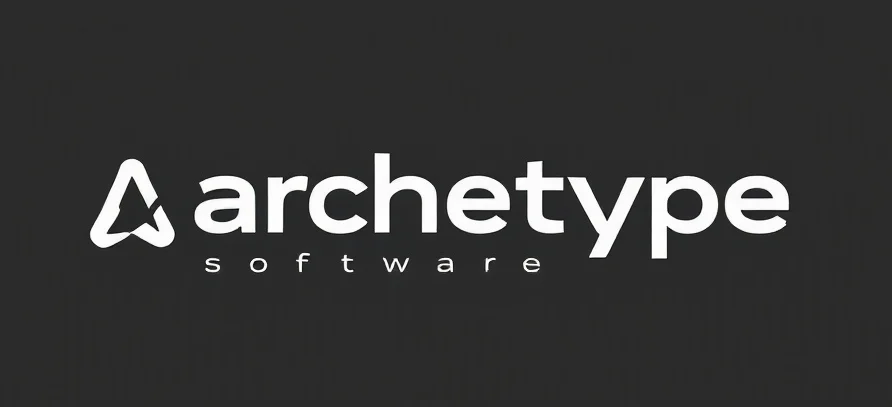The Cross-Platform Conundrum: Navigating the Tech Terrain
In the realm of software development, the term cross platform development often feels like the holy grail for developers and entrepreneurs alike. It’s the promise of building once and deploying everywhere—cutting costs, saving time, and reaching a wider audience. But like any endeavor that seems too good to be true, there’s complexity and nuance behind the scenes that we need to untangle.
Why Cross-Platform?
The allure of cross-platform development is undeniably strong. Imagine crafting your digital masterpiece in a single language or framework and watching it flourish across iOS, Android, Windows, and more. It’s akin to planting one seed and reaping a garden of diverse flora. This approach can streamline operations, unify user experiences, and accelerate time to market.
Yet, the challenges are not trivial. Cross-platform tools, while harmonizing the development process, can sometimes lead to compromises in performance or user interface fidelity. Think of it as a universal translator in a sci-fi saga—great for communication but occasionally missing the nuances of native dialects.
The Tools of the Trade
The landscape of cross-platform development is rich with options. Frameworks like React Native, Flutter, and Xamarin offer varying balances between performance, ease of use, and access to native APIs. Selecting the right tool is not unlike choosing the best spaceship for an intergalactic journey; each has its own quirks, strengths, and limitations.
React Native, for instance, is lauded for its ability to deliver a near-native performance by leveraging JavaScript and React. Flutter, on the other hand, is celebrated for its expressive UI and native-like performance, powered by Google’s Dart language. Meanwhile, Xamarin stands out for its robust integration with the Microsoft ecosystem, making it a favorite among C# developers.
The Transformative Potential
When executed skillfully, cross-platform development can transform how businesses approach app creation. By reducing the need for separate codebases for each platform, teams can focus more on innovation and less on redundancy. This shift allows for faster iteration cycles and more frequent updates, keeping apps fresh and relevant.
Moreover, the strategic use of cross-platform tools can democratize app development, enabling smaller teams to compete with industry giants. In a sense, it’s like giving a band of rebels the technology to challenge an empire, leveling the playing field in a fiercely competitive digital landscape.
Recommendations for the Intrepid Developer
For those venturing into cross-platform development, a few recommendations can serve as guiding stars:
- Evaluate Your Needs: Consider the specific requirements of your project and audience. Not every app needs to be cross-platform.
- Choose Wisely: Invest time in selecting the framework that best aligns with your team’s expertise and project goals.
- Prototype Early: Use prototypes to test assumptions about user experience and performance across different platforms.
- Stay Updated: The tech landscape is dynamic. Regularly update your knowledge and tools to keep up with the latest advancements.
- Focus on User Experience: Balance the technical advantages of cross-platform development with a commitment to delivering a seamless user experience.
Cross-platform development is not merely a technical choice; it’s a strategic decision that can redefine how we think about software development. By embracing its potential and navigating its challenges with insight, we can unlock new possibilities in the digital world.
Checkout ProductScope AI’s Studio (and get 200 free studio credits)

